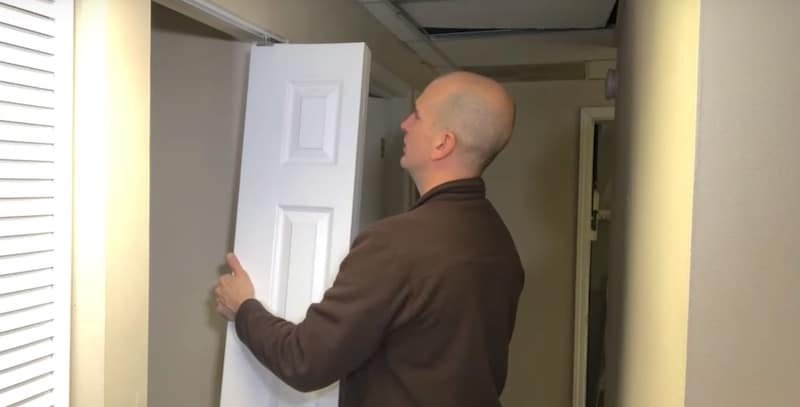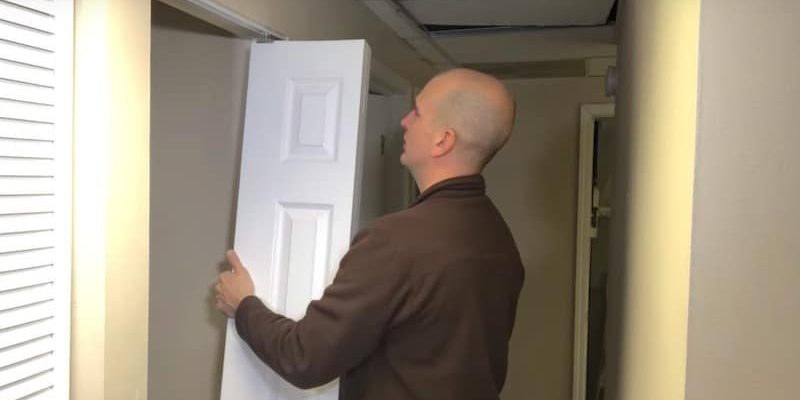
The good news? Fixing a bi-fold door panel that’s rubbing isn’t as daunting as it might seem. With a few simple tools and a bit of patience, you can get your door gliding smoothly again. Think of it like tuning a musical instrument—once you adjust a few notes, the harmony returns. In this guide, we’ll walk through the steps to repair your door so you can enjoy that fresh air without the friction.
Understanding Why Bi-Fold Doors Rub Against the Frame
First, let’s unpack why your bi-fold door might be rubbing on the frame. There are a couple of common culprits here. Wear and tear is the most common issue. Over time, the hinges or the tracks can become misaligned due to everyday use. You might not even notice it at first, but that tiny difference adds up over time until your door starts becoming a chore to open.
Another reason could be seasonal changes. Wood expands and contracts with humidity and temperature fluctuations. If you’ve noticed your door rubbing more in the summer or winter, the climate may be to blame. Just like you adjust your wardrobe for the seasons, your door might need some adjusting too.
Finally, it’s worth checking if your door has gotten warped. This can happen with older doors or if they’ve been exposed to excess moisture. A warped door can make opening and closing feel more like a wrestling match than a smooth operation.
Gathering the Right Tools for the Job
Before diving into repairs, you’ll want to gather a few tools. Here’s what you’ll need:
- Screwdriver – A flathead or Phillips, depending on your door’s screws.
- Level – To ensure everything is aligned properly.
- Measuring Tape – For double-checking dimensions if needed.
- Wood Shims – These can help adjust your door’s height if necessary.
- Lubricant – A good lubricant can help smooth out any sticking spots.
Having everything ready at hand can make the process smoother and quicker, leaving you to enjoy your door rather than struggle with it!
Assessing the Door Alignment
Once you have your tools, it’s time to assess why your bi-fold door is rubbing against the frame. Start by opening the door fully. Take a close look at how it aligns with the frame. Is it mostly rubbing on the top, bottom, or sides? This will guide your repair efforts.
You might want to grab your level next. Placing it against the door will help you see if it’s hanging unevenly. If the level shows that the door isn’t straight, you’ll need to adjust it to allow for a smoother operation.
Don’t forget to check the hinges! Sometimes they can become loose over time. If you notice a screw that’s not as tight, that could be a simple fix to get your door back in line.
Adjusting the Hinges
If you’ve determined that your hinges are the issue, adjusting them might just solve your problem. Using your screwdriver, you can tighten any loose screws on the hinges. Keep an eye on how much tension you’re applying. You don’t want to strip the screw, which can create even more problems.
If tightening doesn’t seem to help, consider taking the hinge off and repositioning it. After you remove the screws, slightly shift the hinge up or down, then reattach it. This simple move can make a world of difference in your door’s alignment.
Pro Tip: If you’re adjusting the top hinge, moving it down might raise the door overall. If you adjust the bottom hinge, it can lower the door. It’s a little like balancing a scale.
Raising or Lowering the Door Height
If your door is still rubbing after adjusting the hinges, it may be time to look into the door height. This adjustment can be done using wood shims. They can help elevate the door just enough to create the spacing needed.
Start by removing the door from the track. Prop it up on a flat surface, using wood shims underneath the door to achieve the desired height. Measure to ensure it’s even on both ends. Once you have the right height, replace the door onto its track.
After reattaching, check for alignment one more time. If your door is still rubbing, you may need to adjust the shims slightly until it fits just right.
Checking the Tracks for Obstructions
Sometimes, the issue isn’t with the door itself but with the tracks. Debris, dust, or misalignment in the tracks can cause the door to rub. Inspect the track closely to ensure there are no small objects stuck in it. A quick clean with a cloth or a vacuum can help remove any buildup.
If the track seems bent or misaligned, gently adjust it back into position. You can use your hands or a tool to straighten it out. *Just remember*, be careful not to apply too much pressure, as you don’t want to damage it further.
Final Touches: Lubricating the Door
Once you’ve made all the necessary adjustments, it’s time for a little finishing touch—lubrication. Applying a light coat of lubricant to the hinges and tracks can help things glide smoother than ever. You want to avoid getting too much grease on the door itself; just a little will do the trick.
After lubricating, *open and close the door a few times*. This helps distribute the lubricant evenly and lets you check if any further adjustments are needed.
Repairing a bi-fold door panel that’s rubbing on the frame doesn’t have to be a headache. With a few simple tools and adjustments, you can have your door sliding easily in no time. Just remember, it often comes down to fine-tuning those hinges, checking alignment, and keeping things clean and lubricated.
Now that your door is back to its smooth-gliding self, you can enjoy that fresh air without the annoying friction. It’s amazing how a little DIY can lead to such a satisfying result! Whether for function or style, taking the time to care for your bi-fold door is well worth it. Happy repairing!
